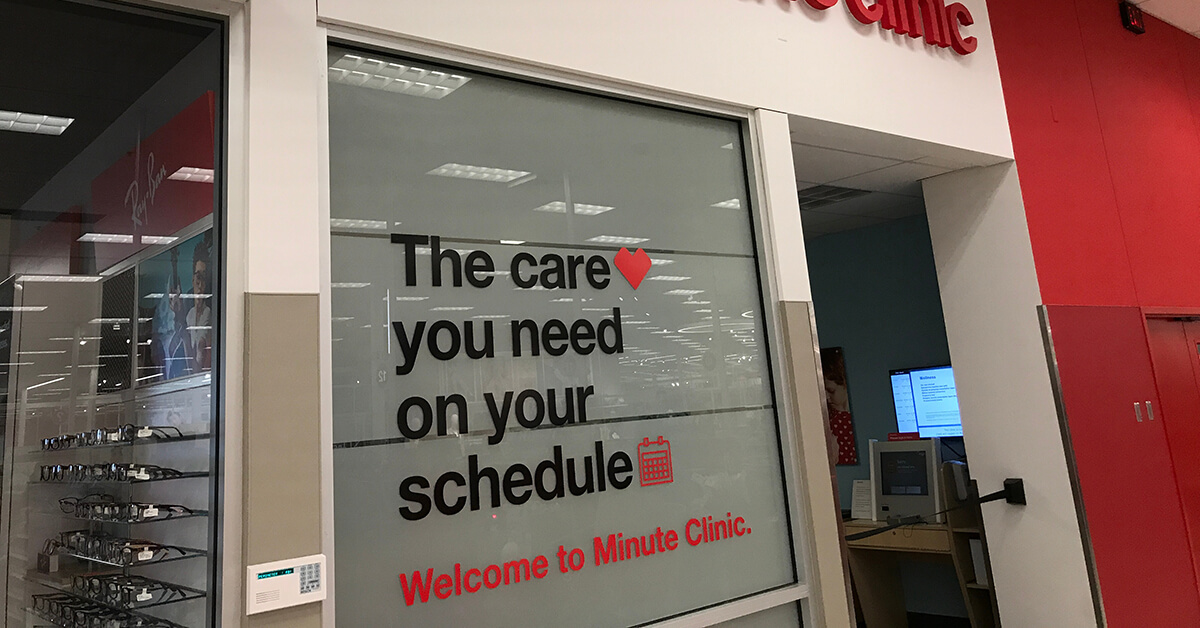April 10, 2024

Has the Retail Health Boom Gone Bust?
My local Target store used to have a CVS MinuteClinic in it. Target has since repurposed that retail clinic space into a cellphone activation center. When it was a retail clinic, I always wondered what people were there for as I pushed my cart full of after-Christmas sale wrapping paper by them on my way out the door. I’ve never used a retail clinic.
Thanks to a new report from FAIR Health, I have a better understanding of what goes on at a retail clinic — and the numbers don’t add up.
The report is FAIR Health’s seventh annual FH Healthcare Indicators and FH Medical Price Index report. It’s based on the independent healthcare transparency organization’s database of more than 45 billion medical claims from commercial payers. The report tracks claims for retail clinics, urgent care centers, telemedicine visits and ambulatory surgery centers (ASCs). The report compares those with claims for traditional in-person office visits and visits to hospital emergency rooms (ERs).
If the race was the increase in utilization, the big winner in 2022 as the healthcare system pulled out of the COVID-19 pandemic were retail clinics, according to the report. Compared with 2021:
- Retail clinic visits rose 202%.
- Hospital ER visits rose 138%.
- ASC visits rose 88%.
- Urgent care center visits rose 43%.
- Telehealth visits rose 8%.
In terms of age, the biggest retail clinic users were 31-40 years old. That age group represented 18% of all retail clinic visits in 2022.
In terms of gender, the biggest retail clinic users were women by far in all age categories except children 10 and under. In that category, boys nudged out girls 51% to 49%.
Why were they there? The big three were:
- Immunizations (24%)
- Routine examinations (17%)
- Respiratory diseases and infections (colds and flu) (15%)
Retail clinics also charged less. For a new patient visit or other outpatient visit of less than 30 minutes, the median gross charge before insurance in 2022 was:
- $104 for a retail clinic visit.
- $147 for an in-person office visit.
- $213 for an urgent care center visit.
All of that — the who, the what, the why and how much — makes total sense to me. But here’s one factoid that doesn’t compute: Visits to retail clinics represented only 0.2% of all outpatient claims tracked by FAIR Health in 2022. From 2016 through 2021, it was less than 0.1%.
Despite all the positives of retail clinic utilization, it’s still just a tiny fraction of the healthcare delivery system in the U.S. We know, based on other health benefits reports and surveys, that most payers cover retail clinic visits. The question is why?
The answer could be a complex economic reason like the price differential not being significant enough to change behavior. The answer could be an intricate psychological reason like consumers believing that retail clinics offer substandard care or only treat the poor.
Or it could be simple personal preference like people not wanting to see a clinician for their cough in the same place they see a cashier for their discounted after-Christmas wrapping paper.
I don’t know. If you do, let me know.
Thanks for reading.





